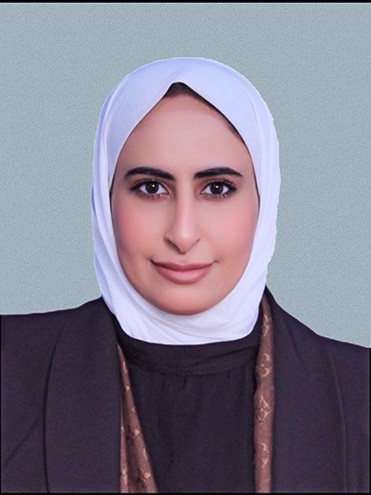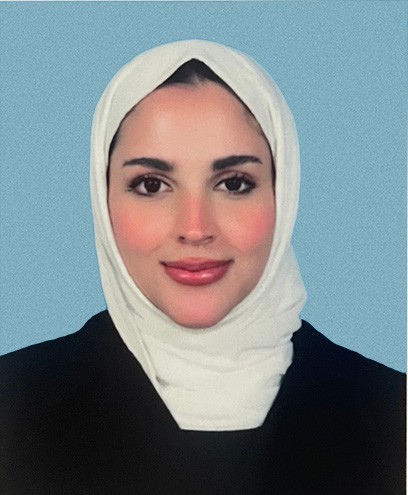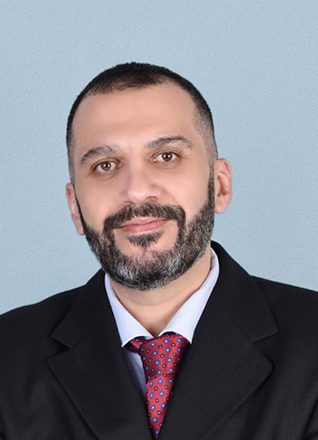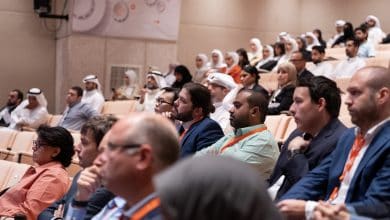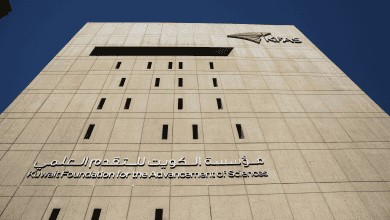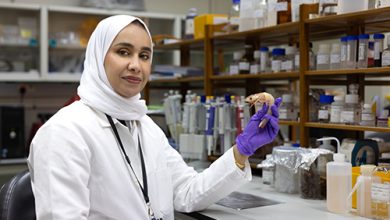Project-Based Learning Inspires at the Australian University
The innovative approach invites engineering students to undertake hands-on projects with real-world implications for mitigating climate change

Something unique is happening at the Australian College in Kuwait (AU) Kuwait — a project-based learning approach to undergraduate engineering projects. With project-based learning at AU, engineering students in their senior year will participate in ongoing research to solve real-world problems. “The students get involved in current research, get hands-on experience, and apply the knowledge and theory that they learned during their program,” said Zainab Al Hajaj, assistant professor of mechanical engineering.
One of the most exciting projects students have undertaken as part of the university’s commitment to project-based learning involved creating more environmentally friendly or green concrete. Al Hajaj designed and led the project with Mohamed Hany Yassin, an assistant professor, and acting head of the Civil Engineering Department. The project received funding from the Kuwait Foundation for the Advancement of Sciences (KFAS).
“Nowadays, we’re trying to reduce the impact of climate change, so we want to focus more on natural resources. We thought, ‘Why don’t we substitute some of the manmade materials in concrete with some natural resources that are environmentally friendly and non-toxic?’” said Al Hajaj.
Since the project began in 2019, about fifty students have participated. The students work in groups of four or five to add natural materials to a concrete mixture along with standard components, including sand, aggregate, and water, and test the properties of the resulting concrete. “We did everything from the mixing to the testing,” said Maryam Alshaer, who participated in the project before graduating with her bachelor’s degree in civil engineering.
Alshaer was involved in the first phase of the project, wherein teams incorporated palm tree fronds (PTF) into the concrete mixture. Palm fronds are a common waste product in Kuwait and using them in concrete could keep them out of local landfills. Students in the project’s second phase tested natural fibers from flax plants.
Alshaer said the hands-on approach to learning was more effective than traditional classroom teaching. “When I learn something theoretically, I just memorize it and might forget it later,” she said. “But when I work with my hands, things stick in my mind, and everything makes more sense.”
Using natural materials like PTF or flax fiber in concrete could have many economic, social, and environmental benefits, including creating new jobs, improving workplace health and safety, and reducing carbon emissions from one of the world’s largest carbon emitters — the built environment.
According to the United Nations Environment Program, the built environment accounts for 39 percent of gross annual carbon emissions worldwide. This calculation includes the carbon emitted when producing building materials and output from everyday use, like keeping buildings warm, cool, and lighted. Using natural fibers in concrete reduces the carbon emitted during production. Students working on the project at AU also found that adding PTF to concrete improves its thermal properties, meaning that it would be more energy efficient to heat or cool PTF concrete buildings.
More than any other aspect of the project, tapping into a growing market for green building materials to help mitigate the effects of climate change excited students. Maryam Aldhafeeri, another recent graduate with a bachelor’s degree in civil engineering, said learning about environmental engineering in the first years of her undergraduate program piqued her interest, so she pursued the green concrete project in her senior year. After completing the hands-on project, she is considering a career in environmental engineering. “Now, I am thinking that in the future, I could continue with a master’s degree in an environmental subject,” she said.
Yassin said that the hands-on projects offered at AU often help students clarify their interests, discover new career paths, and prepare for their next steps. “Throughout the project, the students practice all the skills they need to conduct research or work as professional engineers in the future.” Students working on the green concrete project learned how to cast concrete from scratch, work with various machines to test the concrete, and collect, sort, and analyze data.
Yassin said that another significant benefit of experiential learning is that it helps students sharpen their critical thinking skills. When students are responsible for each step of a hands-on experiment, they are forced to make connections between their actions and the results. “The students are thinking, ‘Okay, why are we getting this line? Why is this certain feature increasing or decreasing?’ They have to come up with the reasoning for that,” said Yassin.
Students who participated in the green concrete project said they also learned some unexpected skills. “I learned not only civil engineering but also social skills,” said Alshaer. “I learned how to communicate with people and solve conflicts, and I learned about commitment and time management.”
The students also practice their communication skills when preparing their results for publication or conference presentations. Several groups of students who participated in the green concrete project have presented their findings at international conferences and competitions in Qatar, Canada, and Indonesia. One group of AU students placed in the top ten teams at the 5th International Concrete Competition in 2022, a design competition where teams presented concrete made with various waste-based materials.
Both Alshaer and Aldhafeeri said they are confident that the skills they learned during the project would serve them well in the future. Because she enjoyed the hands-on environment of the graduation project so much, Alshaer is now pursuing a job as a site engineer. Aldhafeeri is applying for a range of positions, keeping in mind that she might also want to pursue a graduate degree in environmental engineering later. “Many skills that we applied in the project will help me in my career in the future,” said Aldhafeeri.
أما الحجاج وياسين، فقالا إنهما يتطلعان للعمل مع مزيد من الطلبة في مشروعات مماثلة في المستقبل. وأضافت الحجاج: “هذا أحد البرامج المميزة في الكلية الأسترالية. إنه عمل تعاوني، ويحصل كل من الأساتذة والطلبة من خلاله على نتائج رائعة، وقد تحقق بفضل دعم Kuwait Foundation for the Advancement of Sciences“.
By Marianne Dhenin

